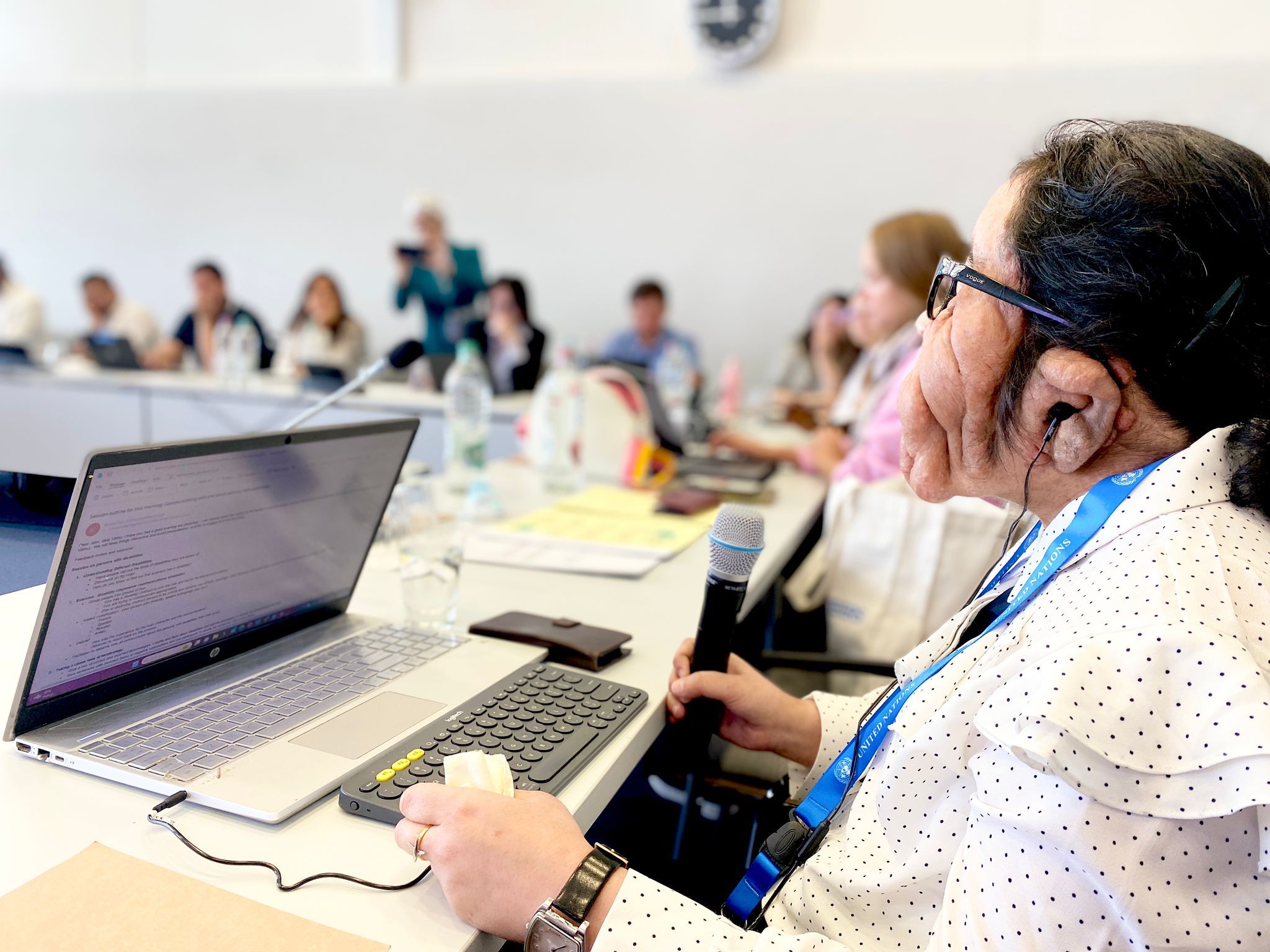Every year, International Women's Day recognizes and honours women’s rights and their achievements while also amplifying that societies cannot progress without achieving gender equality. Rightfully so, this year's theme centers on: “Invest in women: Accelerate progress”.
Although Sustainable Development Goal (SDG) 5 for gender equality and International Women’s Day, instilling the spirit of the goal, do not explicitly focus on women with disabilities, they consistently focus on the empowerment of all women and leaving no one behind.
How do we ensure that we empower all women across the board?
For that, it’s important to first look the entire picture.
There are 1.5 billion people with disabilities worldwide. That is 15 per cent of the entire world population. And 20 per cent of these are women with disabilities. This means, one in every five women have a disability.
Girls and women with disabilities and the marginalities they encounter are often precluded from being recognized. They not only face the same barriers as women without disabilities, but often encounter additional barriers.
The proportion of women feeling discriminated is twice to that of women without disabilities, and they are ten times more likely to experience violence as compared to women without disabilities and even men with disabilities."
Women with disabilities are seven times more likely to lack access to health care due to physical, attitudinal, financial, and information or communication-related barriers. They are less likely than those without disabilities to live in a dwelling without a safe source of drinking water, shower or bath facilities, these, even when available, are inaccessible for persons with disabilities, and thus pose a risk for women with disabilities.
While inaccessible physical infrastructures imply that girls and women with disabilities are more likely to miss school and social activities, they are not only less likely to occupy decision-making roles in organizations of persons with disabilities, but are less likely to also, have access to any kind of employment.
Consequently, women with disabilities are more likely to be engaged in unpaid work.
All these factors together hinder the achievement of various other SDGs. Lack of access to health care (SDG3), lack of access to safe water and sanitation (SDG6), lack of the ability to attend school (SDG4), lack of access to economic opportunities (SDG8) which results in poverty (SDG1) and hunger (SDG2).
In essence, SDG 5 is cross-cutting. Therefore it is essential to address the intersectional barriers that women with disabilities encounter with a comprehensive approach that integrates gender-sensitive and disability-inclusive strategies. The intersection of gender and disability disproportionately affects women and girls with disabilities, who constantly find themselves at the nexus of multiple forms of discrimination and marginalization. Through concerted efforts to dismantle intersecting forms of discrimination and promote inclusive policies and practices can we ensure that no woman or girl is left behind in the pursuit of SDG 5.
Only then, will we appropriately and properly invest in women, empower them and accelerate progress.

Vibhu Sharma, UN Volunteer Communications Specialist for Disability Inclusion conducts a session on 'Communicating about Persons with Disabilities' as part of the Global Communications workshop in Bonn. @ UNV, 2023.

